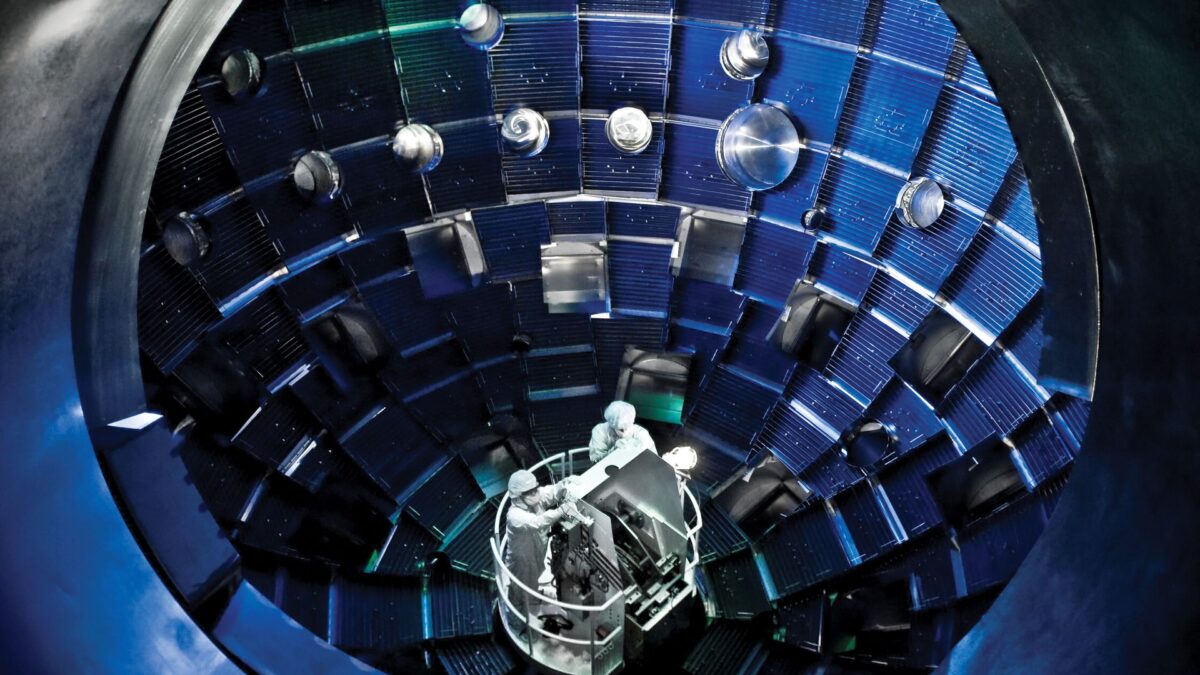D-Wave Suggests Quantum Annealing Could Help AI
The effect of quantum computing on Artificial Intelligence could be as understated as it is profound, suggests American computing giant D-Wave.
Some say quantum computing is necessary to achieve General Artificial Intelligence. Certain expressions of this paradigm, such as quantum annealing, are inherently probabilistic and optimal for machine learning. The most pervasive quantum annealing use cases center on optimization and constraints, problems that have traditionally involved non-statistical AI approaches like rules, symbols, and reasoning.
When one considers the fact that there are now cloud options for accessing this form of quantum computing (replete with resources for making it enterprise-applicable for any number of deployments) sans expensive hardware, one fact becomes unmistakably clear.
“With quantum computing, a lot of times we’re talking about what will it be able to do in the future,” observed Mark Johnson, D-Wave SVP of Quantum Technologies and Systems Products. “But no, you can do things with it today.”
Granted, not all those things involve data science intricacies. Supply chain management and logistics are just as easily handled by quantum annealing technologies. But, when these applications are considered in tandem with some of the more progressive approaches to AI-enabled by quantum annealing, their esteem to organizations across verticals becomes apparent.
Understanding Quantum Annealing
Quantum annealing involves the variety of quantum computing in which, when the quantum computer reaches its lowest energy state, it solves a specific problem — even NP-hard problems. Thus, whether users are trying to select features for a machine learning model or the optimum route to send a fleet of grocery store delivery drivers, quantum annealing approaches provide these solutions when the lowest energy state is achieved. “Annealing quantum computing is a heuristic probabilistic solver,” Johnson remarked. “So, you might end up with the very best answer possible or, if you don’t, you will end up with a very good answer.”
Quantum annealing’s merit lies in its ability to supply these answers at an enormous scale — such as that required for a defense agency’s need to analyze all possible threats and responses for a specific location at a given time. It excels in cases in which “you need to consider many, many possibilities and it’s hard to wade through them,” Johnson mentioned. Classical computational models consider each possibility one at a time for such a combinatorial optimization problem.
Quantum annealing considers those possibilities simultaneously.
Statistical AI
The data science implications for this computational approach are almost limitless. One developer resource D-Wave has made available via the cloud is a plug-in for the SDK for Ocean — a suite of open source Python tools — that integrates with scikit-learn to improve feature selection. It supports “recognizing in a large pattern of data, can I pick out features that correlate with certain things and being able to navigate that,” Johnson remarked. “I understand it ends up mapping into an optimization problem.” The statistical aspects of quantum annealing are suitable for other facets of advanced machine learning, too.
According to Johnson, because of its “probabilistic nature, one of the interesting things that quantum annealing does is not just picking the best answer or a good answer, but coming up with a distribution, a diversity of answers, and understanding the collection of answers and a little about how they relate to each other.” This quality of quantum annealing is useful for numerous dimensions of machine learning including backpropagation, which is used to adjust a neural network’s parameters while going from the output to the input. It can also reinforce what Johnson termed “Boltzmann sampling,” which involves randomly sampling combinatorial structures.
Cloud, Hybrid Framework
There are considerable advantages to making quantum annealing available through the cloud. The cloud architecture for accessing this form of computing is just as viable for accessing what Johnson called the “gate model” type of quantum computing, which is primed for factoring numbers and used in “RSA encryption schema,” Johnson confirmed. Organizations can avail themselves of both quantum computing methods in the D-Wave cloud platform. Moreover, they can also utilize hybrid quantum and classical computing infrastructure as well, which is becoming ever more relevant in modern quantum computing conversations. “You would just basically be using both of them together for the part of the problem that’s most efficient,” Johnson explained.
In addition to the ready availability of each of these computational models, the D-Wave cloud platform furnishes documentation for a range of example use cases for common business problems across industries. There’s also an “integrated developer environment you can pull up that already has in it Ocean, our open source suite of tools, which help the developer interface with the quantum computer,” Johnson added. Examples include the ability to write code in Python. When organizations find documentation in the cloud about a previous use case that’s similar to theirs, “You can pull up sample code that will… use the quantum computer to solve that problem in your integrated developer environment,” Johnson noted.
Quantum Supremacy
That sample code provides an excellent starting point for developers to build applications for applying quantum computing and hybrid quantum and classical computing methods to an array of business problems pertaining to financial services, manufacturing, life sciences, manufacturing, and more. It’s just one of the many benefits of quantum computing through the cloud. The appeal of quantum annealing, of course, lies in its ability to expedite the time required to solve combinatorial optimization problems.
As the ready examples of quantum solutions — the vast majority of which entail quantum annealing — across the aforesaid verticals indicate, such issues “are, the harder we look, ubiquitous throughout business,” Johnson indicated. The data science utility of quantum annealing for feature selection, Boltzmann sampling, and backpropagation is equally horizontal and may prove influential to the adoption rates of this computational approach.
Source: The New Stack

















